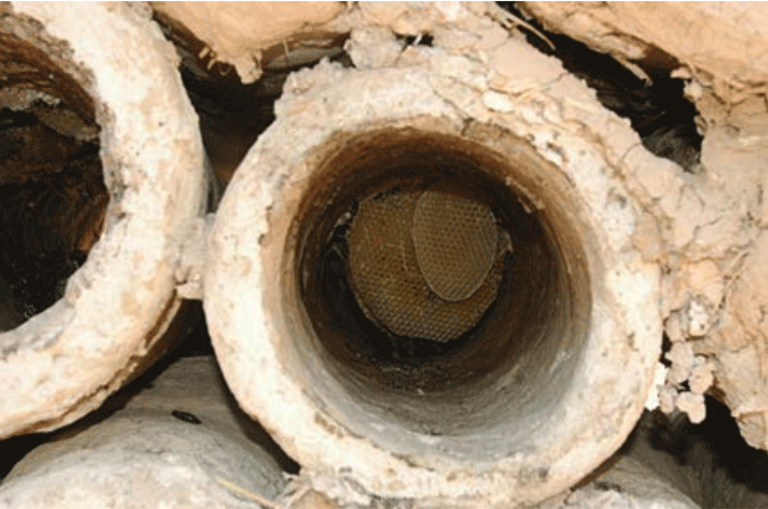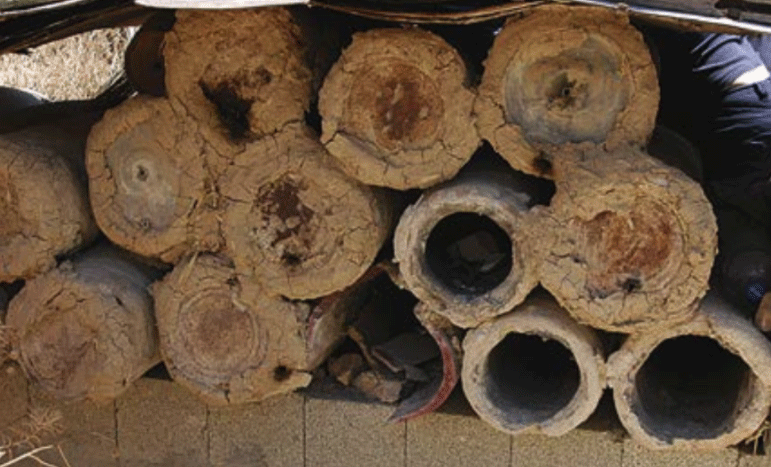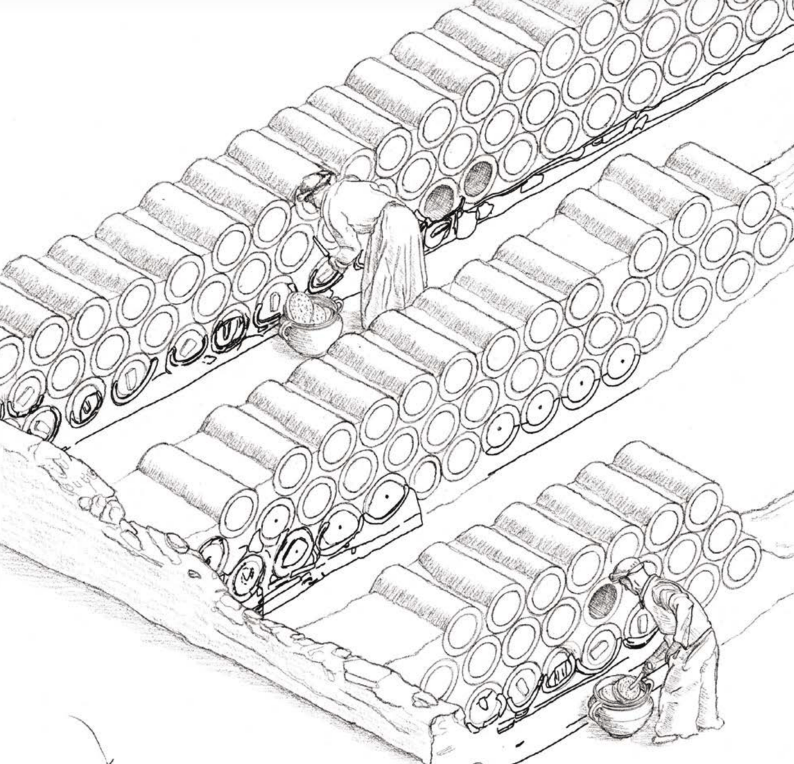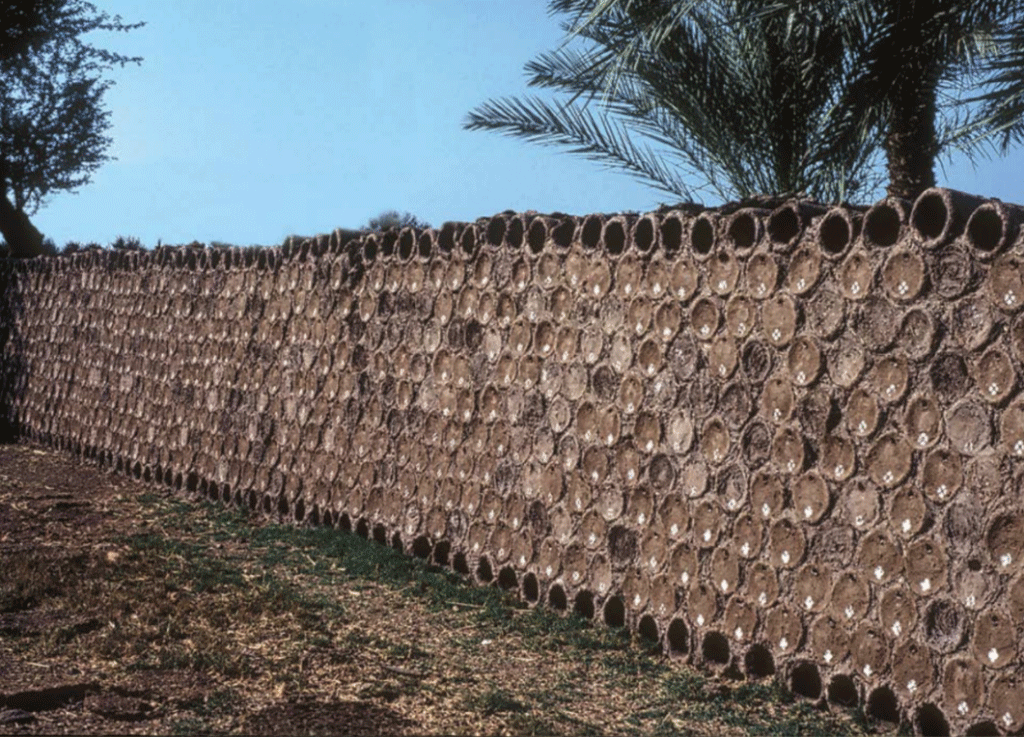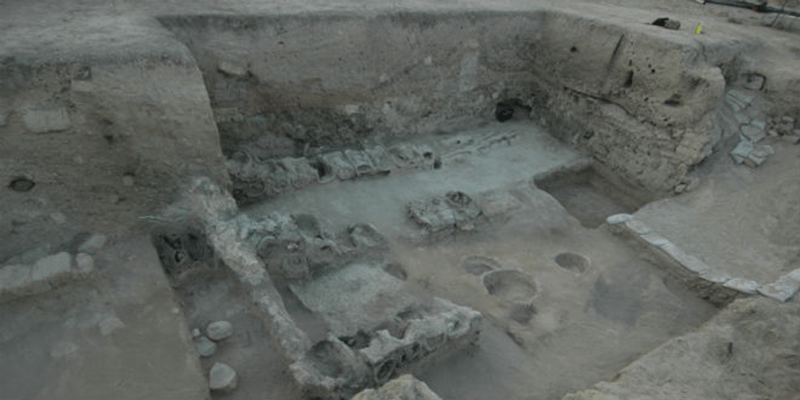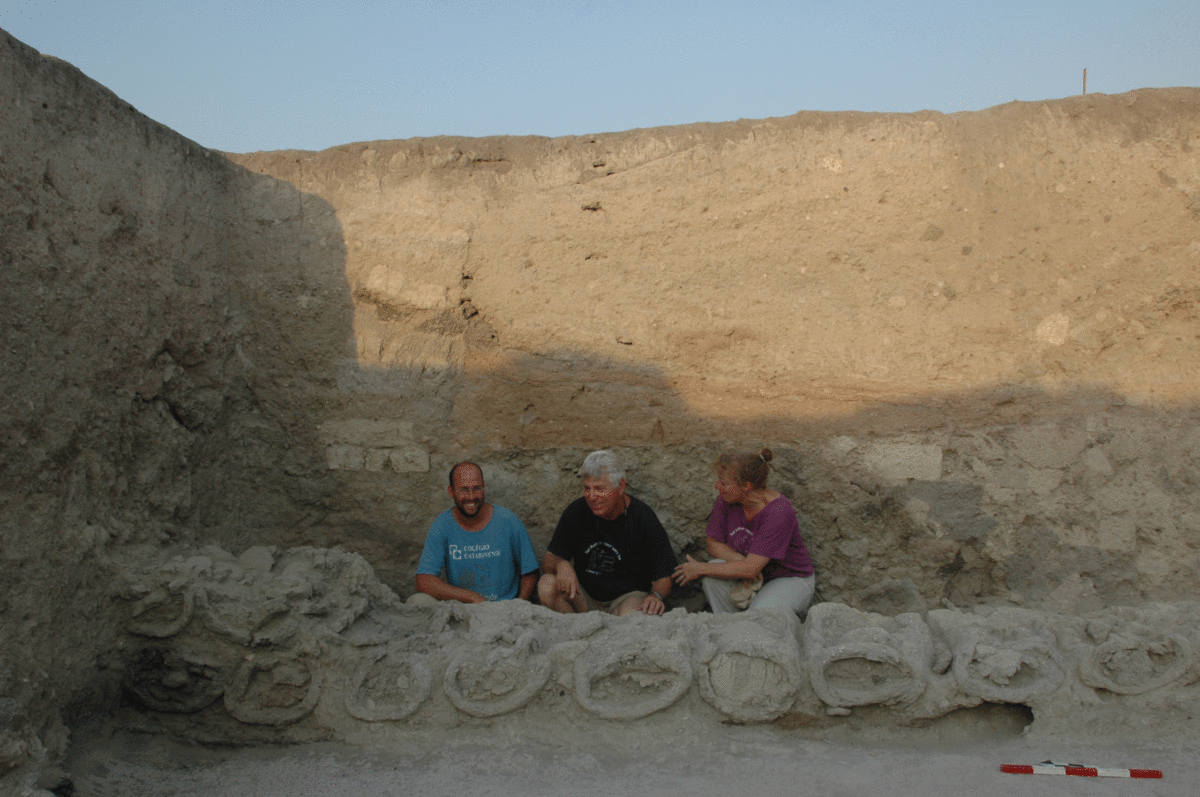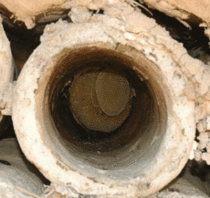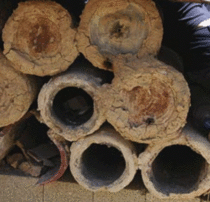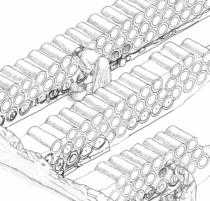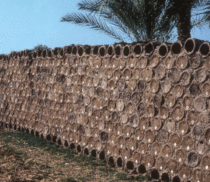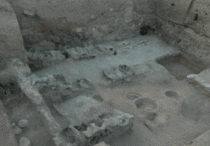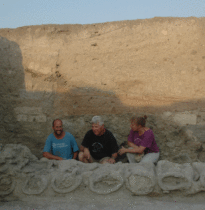Ancient beehives discovered in Israel provide evidence of beekeeping 3,000 years ago, the oldest evidence of the kind to have been discovered so far.
Professor Amihai Mazar, made the discovery during excavations at the Tel Rehov site in the Jordan Valley. Archaeologists working at the dig found a long row of clay cylinders about 30 cm in diameter and about 70 cm long. The clay was not baked and it had been mixed with straw. The pots were piled three high and were sealed with removable lids at one end. The other end bore a small hole for the bees to enter. Initially archaeologists were not sure what their discovery was, but then they concluded that it was beehives, the oldest ones found globally.
It is also the first time ancient beehives are found in Israel, a quite unusual discovery taking also into consideration that it was found within the ancient city limits and not in the countryside. It is estimated that at the time the city had approximately 2,500 inhabitants.
According to researchers there probably were over 180 hives at the site, with each hive producing about five kilos of honey each year. There must have been more than a million bees at the hives and archaeologists found remains of some of them. The breed of the bees has been identified as being native to Turkey. This also led researchers to assume there had to be thriving trade between Israel and Turkey at the time.
The beehives, however, were found under a layer of ash and debris, which shows the city was destroyed by fire.
